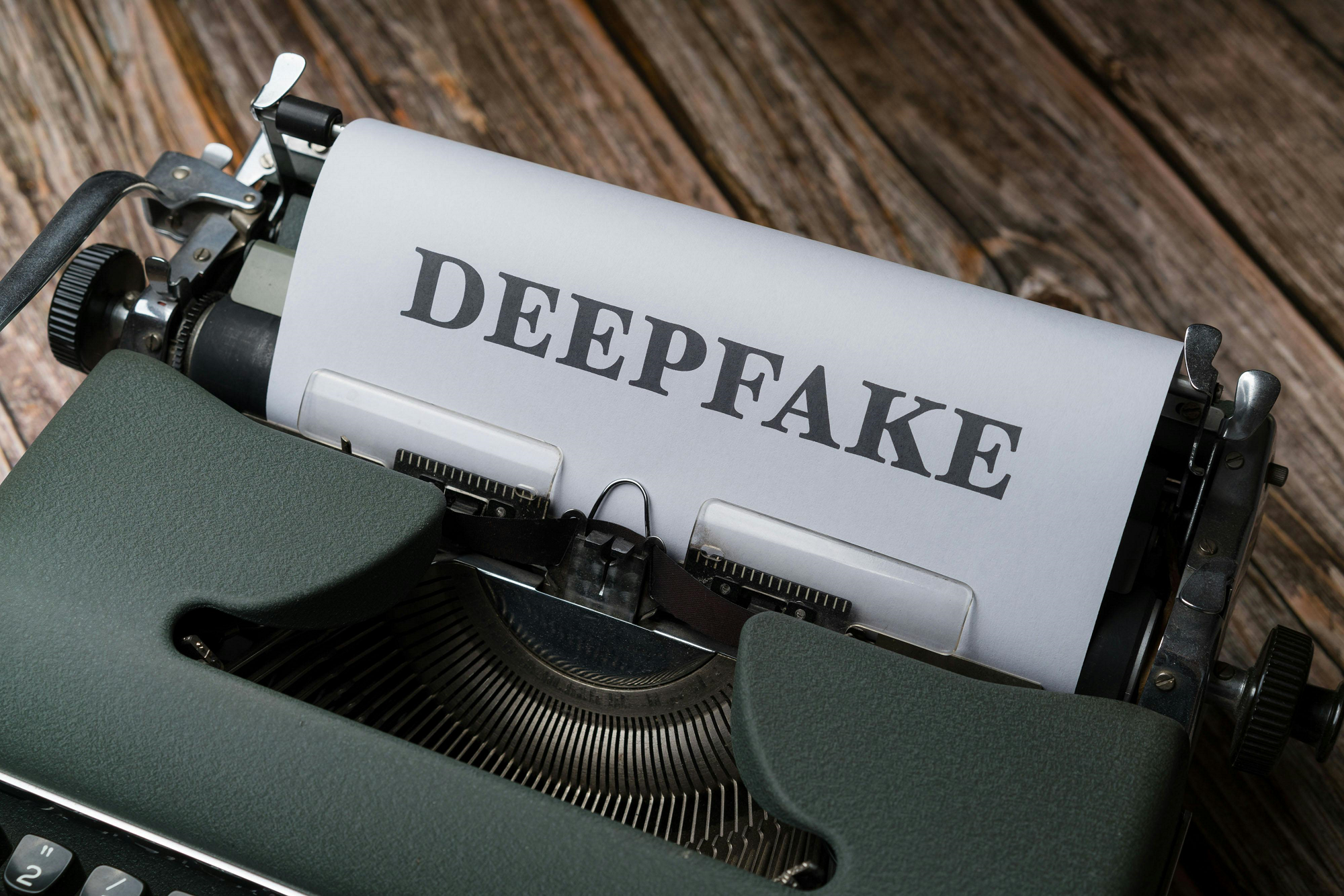Ever watched a video where your favourite celeb says something wild, only to find out it’s all made up? Or got a sketchy email from your boss that just didn’t sit right?
That’s the world of deepfakes for you—where AI whips up fake videos and audio that look and sound real but are totally fabricated.
Sure, some folks use deepfakes for harmless fun, like in comedy or movies. But they’ve also snuck into serious stuff, like political hoaxes. Just last year, there was a fake robocall using a candidate’s voice to stir up trouble.
And it’s not just politics—deepfakes can be used to spread lies, ruin reputations, and mess with money markets. They’re even showing up in phishing scams. Knowing how to spot these sneaky fakes is key in today’s digital jungle.
So, what’s the deal with deepfakes, and how can you spot them?
Face-Swapping Deepfakes
These are super common. They basically slap one person’s face onto another’s body in a video. Some can be pretty convincing, especially with top-notch footage and fancy AI. Here’s how to suss them out:
- Look for weird stuff: Pay attention to lighting, skin tones, and facial expressions. Do they seem legit throughout? Watch out for small details like wonky hair or funky neck lines.
- Check the source: Where did you find the vid? On a trusted news site or some random social feed? Be cautious with sketchy sources.
- Listen up: Does the voice match the person’s usual tone and speech patterns? If it sounds off, that’s a red flag.
Deepfake Audio
This type cooks up fake voice recordings that mimic someone’s speech. Scammers use them to make it sound like someone’s saying stuff they never did. Here’s how to bust them:
Zero in on the sound: Fake audio can have a robotic vibe or sound weird compared to the real deal. Listen for strange pauses or funky pronunciations.
- Fact-check: Does what’s being said line up with what you know about the person or situation? If it feels fishy, it probably is.
- Verify, verify, verify: If there’s no proof to back up the claims, stay sceptical.
Text-Based Deepfakes
These puppies whip up fake written content like social media posts or emails, mimicking someone’s style. Scammers love these to spread lies or pretend to be someone else. Here’s how to sniff them out:
- Read critically: Pay attention to the style, vocab, and tone. Does it match what you know about the person or publication? Keep an eye out for weird wording or tone shifts.
- Fact-check again: Look up the facts elsewhere to make sure the info checks out.
- Watch for emotional bait: If something seems too good (or bad) to be true, it probably is. Scammers love to pull heartstrings to trick you.
Deepfake Videos with Object Manipulation
These bad boys go beyond faces and voices, tweaking objects within real videos. Scammers might use them to stage fake events or alter evidence. Here’s how to bust ’em:
- Watch how stuff moves: Do objects behave naturally? Keep an eye out for weird movements or sudden changes in size or lighting.
- Hunt for originals: If you can, track down the original footage to compare.
In the wild world of deepfakes, staying sharp is key. Know the types, watch for warning signs, and always double-check info from reliable sources.
Get a Device Security Check-up
Deepfakes aren’t just for laughs—they’re prime phishing material. Click on one, and bam, you might get hit with malware. A device security checkup can give you peace of mind. We’ll sniff out any threats and zap ’em away.
Drop us a line to learn more!
Article used with permission from The Technology Press.


Comments are closed